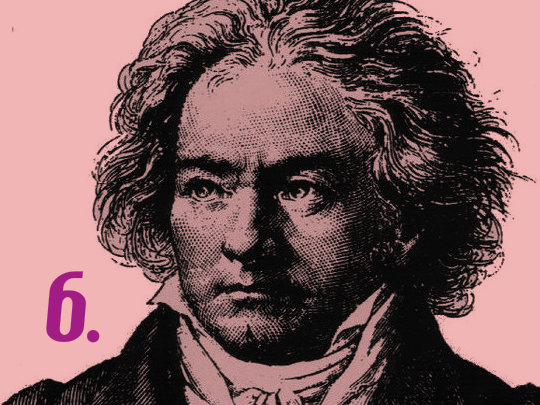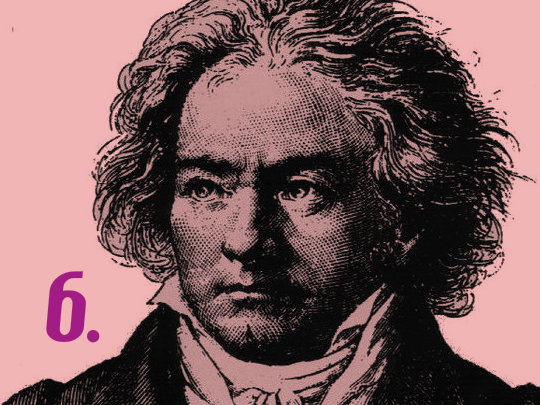

The Beethoven 9 as we explore the world of Beethoven through the lens of his symphonies with renowned classical biographer Jan Swafford.
Each month is dedicated to a different symphony. Each week you’ll hear a different interpretation from a world-class orchestra.
In June, we look at Symphony No. 6.
Beethoven’s Sixth Symphony is the archetypal ode to nature. It’s 40 solid minutes of unabated love of the great outdoors: Beethoven’s “church,” as it were.
In creating this expansive expression of beauty, Beethoven broke the mold. The traditional depiction of nature -- the pastoral style, with elementary imitation of birds and forest animals, trite folk tunes and country dances -- was worn out by Beethoven’s time.
As Beethoven scholar Jan Swafford points out in his biography, “Beethoven: Anguish and Triumph,” the trick was to turn these hackneyed musical phrases into something brand new:
"The idea he settled on was this: Each movement will be a vignette from a day in the country. The symphony would depict one mid-summer day, morning to sunset. No conventional 'four seasons,' no clever incidents, no pictures. Only vignettes and feelings. He jotted on a sketch, ‘effect on the soul.’"
Beethoven gave each movement a description:
- Awakening of cheerful feelings upon arrival in the countryside
- Scene by the Brook;
- Merry gathering of country folk
- Thunder; Storm
- Shepherd's song; cheerful and thankful feelings after the storm.
With his Sixth Symphony, Beethoven gave us a hymn to nature that set a new standard for those to come.









